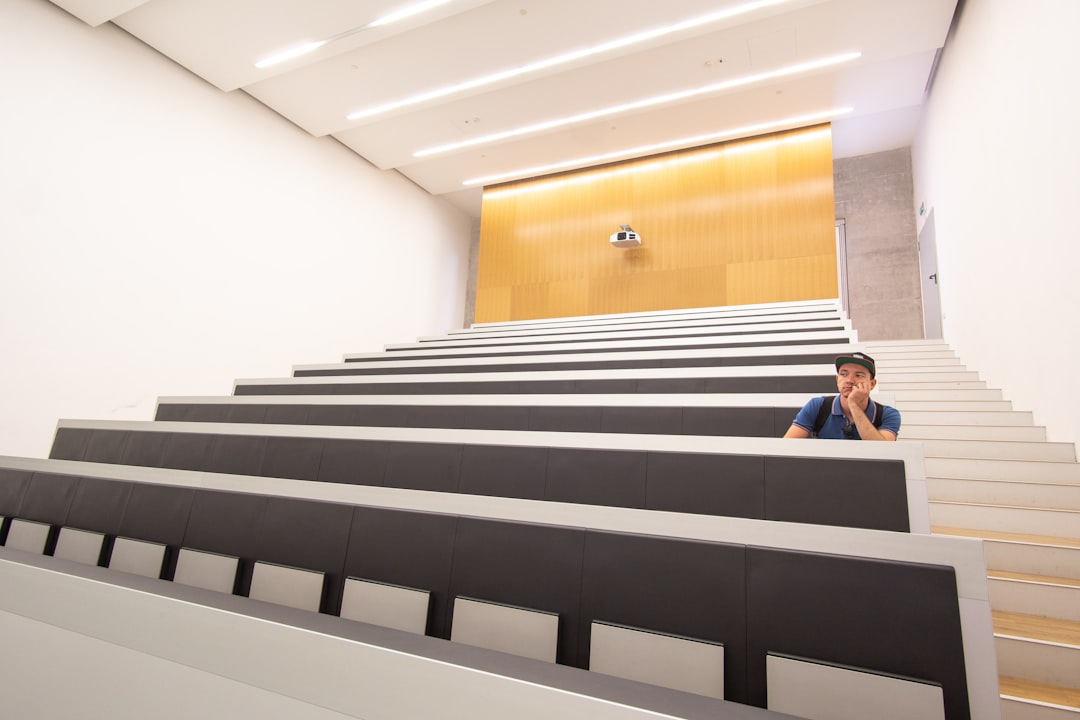What is it about?
When health-care professionals embody the ideals of respect and civility, they set an example for others to follow. The arts and humanities can be used as a pedagogical tool to provide innovative learning opportunities to teach these values through the affective domain of learning. This article discusses one of the creative avenues for facilitating such opportunity, the use of the arts and humanities to teach civility in health professions education.
Featured Image

Photo by Sergey Mind on Unsplash
Why is it important?
Nurses have an obligation to practice with compassion and respect, and to develop creative solutions for addressing incivility. Education about incivility should begin in prelicensure programs for all health professions, so that students understand the behavior expected of them as professionals. When health-care professionals embody the ideals of respect and civility, they set an example for others to follow.
Perspectives
As health professions educators, we can use the Arts and Humanities as a creative way to engage the cognitive and affective learning domains of our students. We can encourage students to think through situations, consider others’ experiences, and reflect on the implications for their own practice through a different lens.
Katherine Hall
University of Virginia
Read the Original
This page is a summary of: Arts and Humanities to Teach Civility in Health Professions, Creative Nursing, November 2020, Springer Publishing Company,
DOI: 10.1891/crnr-d-18-00053.
You can read the full text:
Contributors
The following have contributed to this page










